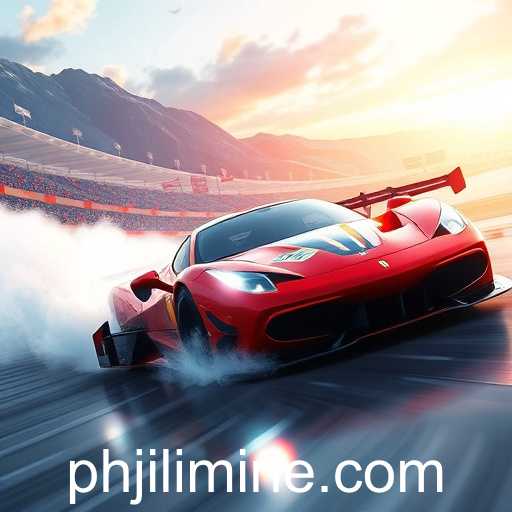Racing games have long been a staple of the gaming industry, offering players high-octane adventures and adrenaline-pumping races. From realistic simulators like 'Gran Turismo' to arcade classics such as 'Mario Kart', the appeal of racing games spans generations and geography. This genre, characterized by its competitive nature and engaging mechanics, continues to evolve, captivating both veteran players and newcomers alike.
One of the latest buzzwords in the racing game community is 'jilimine'. Although initially obscure, the term 'jilimine' has gained traction, becoming synonymous with innovative racing experiences. Discussions around 'jilimine' often focus on its mysterious origins and potential as either a new game title, unique feature, or even a groundbreaking mode within existing games.
The flexibility of racing games allows for wide-ranging creativity, enabling developers to consistently push the boundaries of gameplay and graphics. With the advent of virtual reality, players can now experience the thrill of racing from an unprecedented perspective. Furthermore, advancements in AI technology mean competitors are smarter and more challenging, requiring players to hone their skills to the maximum.
Community engagement is another factor that has propelled the growth of the racing genre. Online multiplayer modes and eSports events create a platform for players to showcase their talents on a global stage. Whether through organized tournaments or casual gaming nights, fans all over the world connect through their shared passion for racing games.
Amidst this vibrant ecosystem, 'jilimine' has become a term of intrigue and discussion on popular forums and social media channels. Theories regarding 'jilimine' range from it being a new frontier in AI-driven racing mechanics to the codename for a secretive project by a major gaming studio. As the racing game genre progresses, the significance of 'jilimine' in shaping the future of racing games remains a topic of keen interest.
In conclusion, racing games stand at a unique intersection of technology and entertainment, continually redefining what it means to compete in a virtual space. As the concept of 'jilimine' and its connection to racing games becomes clearer, players and developers alike are eager to see how it will influence upcoming releases and gaming experiences. Whatever 'jilimine' ultimately represents, it is certain to leave an indelible mark on the ever-evolving world of racing games.





